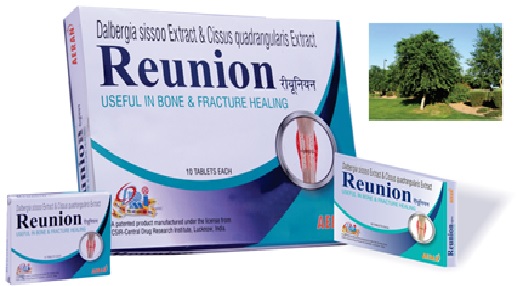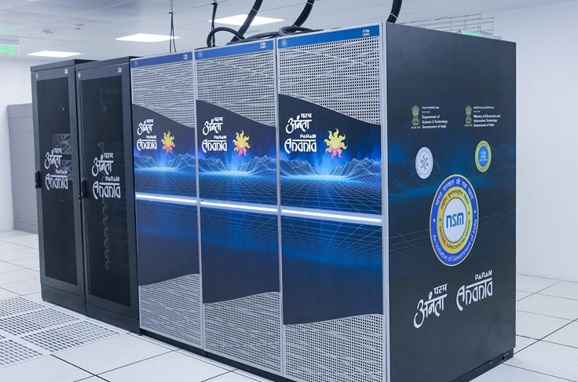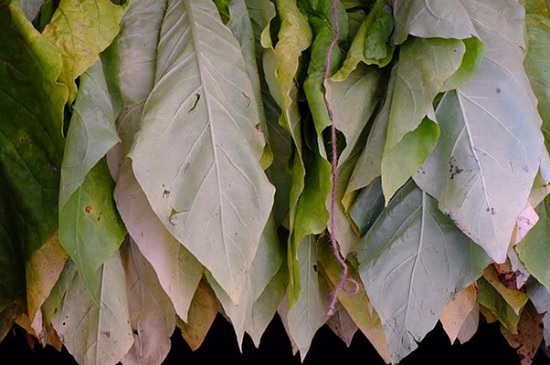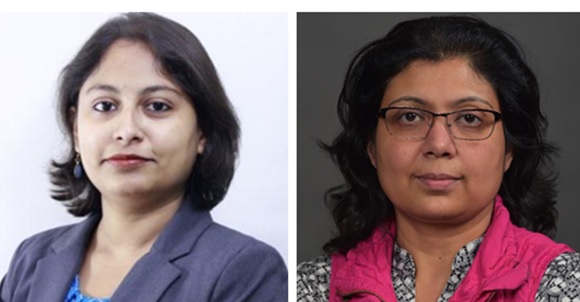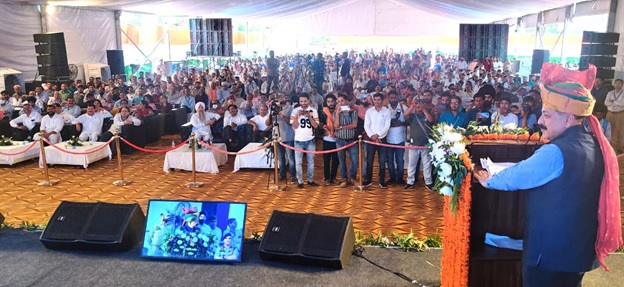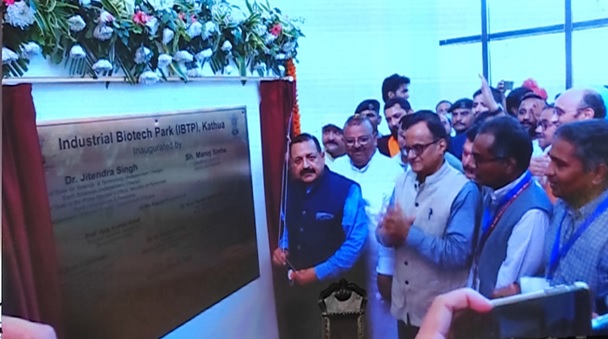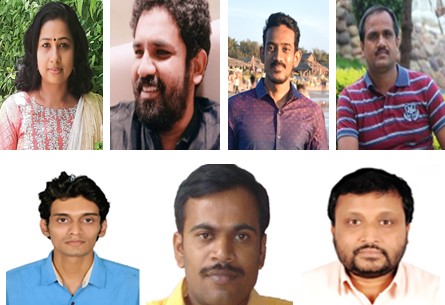
Dr Ramya P.G., Ratish Ramakrishnan, Anup Mandal, Dr Prakash Mohanty, Prince Aryakandi, Dr R.S. Mahendra, and Dr T.M. Balakrishnan Nair (Top L to bottom R)
During the 2021 Tauktae Cyclone, large-scale flooding and erosion were found to be extremely high, especially along the Chellanam region of Kerala, on India’s western coast. The Chellanam witnessed coastal flooding, where waves from the ocean overtopped the coastal protection measures inundating the houses and roads. In a joint study, researchers revealed how Tauktae Cyclone overtopped Kerala regions despite low storm surge and low tidal conditions.
Tauktae was located around 500 km away from Chellanam coast, and the area had low tidal conditions. Despite the insignificant storm surge and low tidal conditions, the waves overtopped the region in the early morning of 15th May 2021, taking scientists by surprise.
A new model simulation observed the wave setup (a phenomenon that increases the coastal water level due to the breaking of the waves) and low-frequency waves (associated with storm waves) along with the storm wave to elevate the coastal waters and overtopped the coastal villages at Chellanam.
During the 2021 Tauktae Cyclone, large-scale flooding and erosion were found to be extremely high, especially along the Chellanam region of Kerala, on India’s western coast. The Chellanam witnessed coastal flooding, where waves from the ocean overtopped the coastal protection measures inundating the houses and roads. In a joint study, researchers revealed how Tauktae Cyclone overtopped Kerala regions despite low storm surge and low tidal conditions.
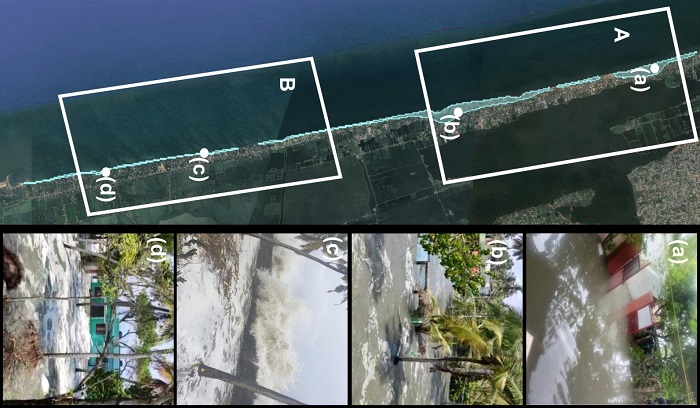
Simulation-based picture of inundation at coastal regions and submerged area of Chellanam
It is also observed that the areas with steep bathymetry slopes are more severely flooded, compared to regions with gently sloping bathymetry, as the steepness increases the coastal water levels. The term 'bathymetry' refers to the ocean’s depth relative to sea level, although it has come to mean as the depths and shapes of underwater terrain.
Coastal wave models that can resolve wave properties like wave setup and low-frequency waves (Infragravity waves) are used to simulate the coastal inundation along the Chellanam coast. The spectral wave properties from operational Wave Watch-III modeling technology at INCOIS are used as boundary conditions to force the regional model of Chellanam. The simulation is carried out at different tidal conditions and observed that the wave setup increases during low tidal conditions near the steep coast at Chellanam region.
The study, jointly conducted by the researchers of the Indian National Centre for Ocean Information Services (INCOIS), Hyderabad; Space Applications Centre (SAC), ISRO, Ahmedabad; and Kerala University of Fisheries and Ocean Studies (KUFOS), Kochi; has been published in the Scientific Reports journal.
“This study, done using numerical modelling techniques, show the significance of storm waves and how the coastal water levels are elevated during the storm surge due to the processes called wave setup associated with the storm waves. The storm waves also induce another set of waves, a low frequency (period) wave that increases the coastal water levels. The operational procedure for coastal inundation during storm surge does not represent the wave setup and low frequency waves, observed to be vital for inundation at Chellanam coast,” said Dr Remya P.G., a researcher from Indian National Centre for Ocean Information Services (INCOIS), Hyderabad.
Based on the current study, regional models along hot spots are proposed, where numerical models can resolve the wave setup and infragravity waves.
Apart from Dr Remya, researchers associated with this study include Ratheesh Ramakrishnan and Anup Mandal, SAC, ISRO, Ahmedabad; Dr Prakash Mohanty, Dr R.S. Mahendra, and Dr T.M. Balakrishnan Nair of INCOIS, Hyderabad; and Prince Arayakandy of Kerala University of Fisheries and Ocean Studies (KUFOS), Kochi.
India Science Wire
ISW/USM/INCOIS-MoES/ Taukate Cyclone/01/12/2022
